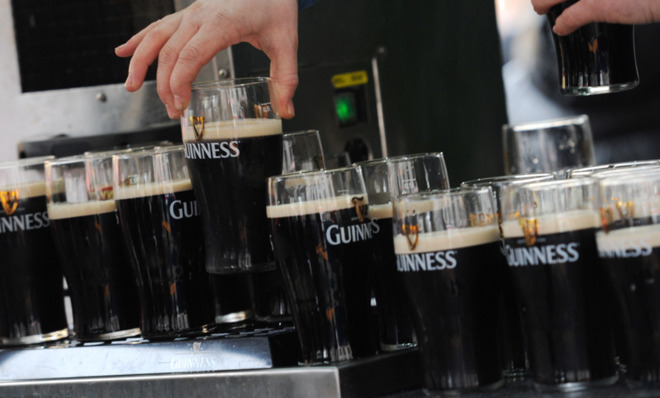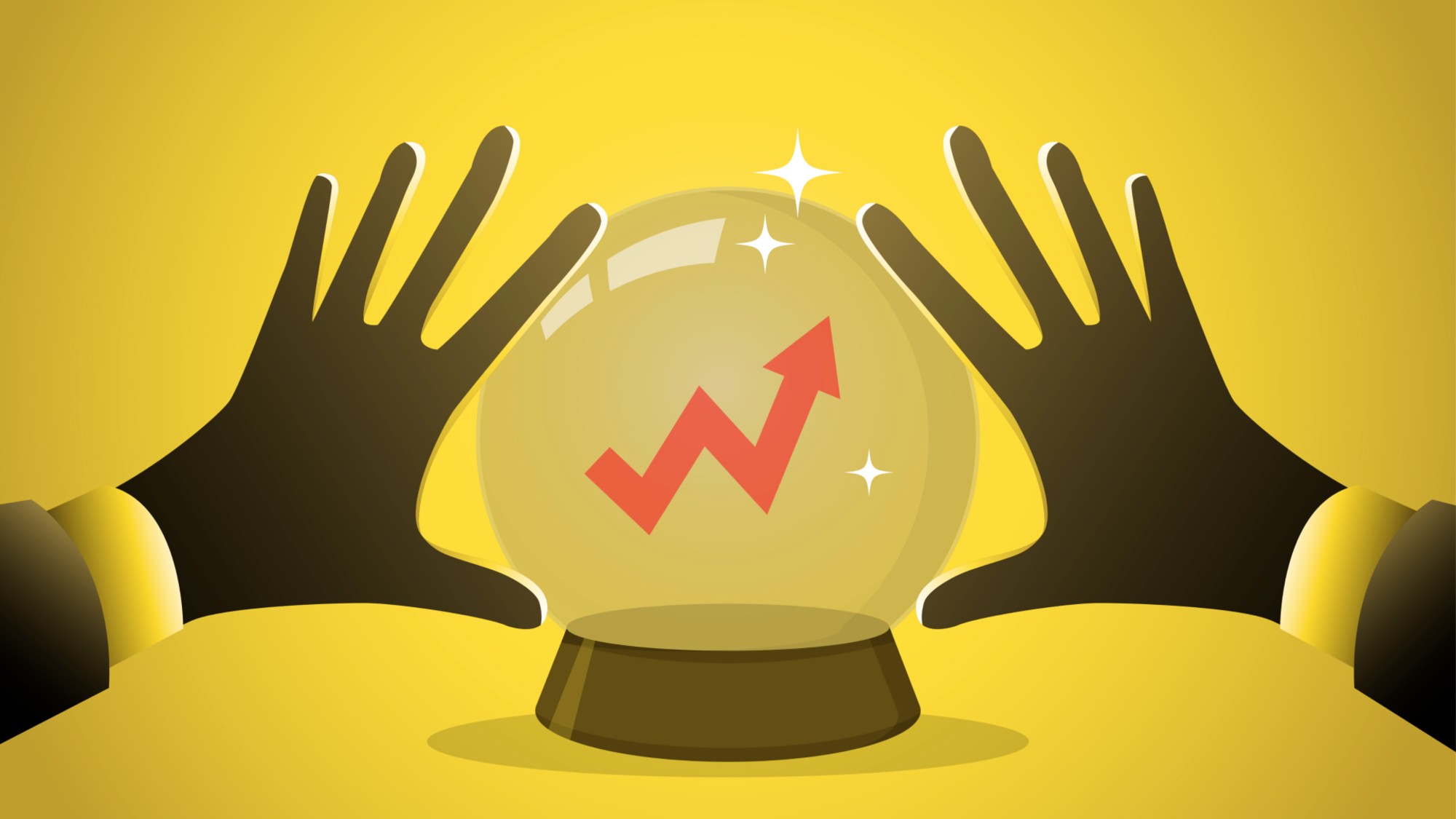7 surprising facts about beer
Cheers!

From hops' kinship to a certain illicit green herb to brewing yeast hibernating inside insects, the beer world brims with deliciously unexpected stories. To spark your next barstool conversation, here are seven surprising things you didn't know about beer... until now.
Weeding out the truth
There's a reason that dank, pungent IPAs and double IPAs smell like a medical-marijuana dispensary. Genetically speaking, hops and cannabis are both members of the Cannabaceae family. Just don't try to smoke them: Hops contain no mood-altering THC.
The Week
Escape your echo chamber. Get the facts behind the news, plus analysis from multiple perspectives.

Sign up for The Week's Free Newsletters
From our morning news briefing to a weekly Good News Newsletter, get the best of The Week delivered directly to your inbox.
From our morning news briefing to a weekly Good News Newsletter, get the best of The Week delivered directly to your inbox.
For the record
In 1951, Guinness' managing director Sir Hugh Beaver was enmeshed in an argument about Europe's fastest game bird: The grouse or the koshin golden plover. Unable to find a suitable answer, he decided that there was probably a market for a fact-filled book. In 1955, The Guinness Book of Records was published.
Gutsy brews
During the winter, Saccharomyces cerevisiae yeast — it's used to brew beer — has a safe, warm refuge in the guts of wasps. There are rare cases of humans harboring the strain, resulting in "auto-brewery syndrome": The yeast converts starches into alcohol, effectively "brewing" beer in your gut.
A free daily email with the biggest news stories of the day – and the best features from TheWeek.com
Whiskey's sudsy origins
Whiskey starts its life as beer. More specifically, as a distiller's beer, or wash, that's made with malted barley, water, and yeast, and then distilled and usually aged in charred oak barrels. The key factor separating distiller's beer from regular beer: No hops. That distiller's beer is then distilled to make whiskey.
New York City: America's first beer town
In 1612, Hans Christensen and Adrian Bloch opened the first brewery in British North America in New Amsterdam — the future home of New York City. By the 1620s, Dutch settlers had started planting hops throughout Manhattan.
Skunky science
Whether the glass is brown, green, or clear, every bottle lets in ultraviolet light, which can cause beer to smell skunky. That's a result of the presence of hops, which, when boiled, release isohumulones. When light strikes these chemicals, they create chemical compounds that are also found in skunks' spray.
America's two beers
Yes, the craft beer boom has resulted in thousands of brews for Americans to choose from. But only two styles of beer are indigenous to the United States. The first is cream ale, which contains zero dairy. Instead, it is fermented warm, then conditioned at colder temperatures for a crisp profile. The second style is California Common, a lager fermented with a special yeast that functions better at toastier temperatures. The iconic example is Anchor Steam, which has copyrighted the moniker.
Joshua M. Bernstein, author of The Complete Beer Course, is a Brooklyn-based beer, spirits, food, and travel journalist.
-
 ‘Care fractures after birth’
‘Care fractures after birth’instant opinion Opinion, comment and editorials of the day
-
 Shots fired in the US-EU war over digital censorship
Shots fired in the US-EU war over digital censorshipIN THE SPOTLIGHT The Trump administration risks opening a dangerous new front in the battle of real-world consequences for online action
-
 What will the US economy look like in 2026?
What will the US economy look like in 2026?Today’s Big Question Wall Street is bullish, but uncertain